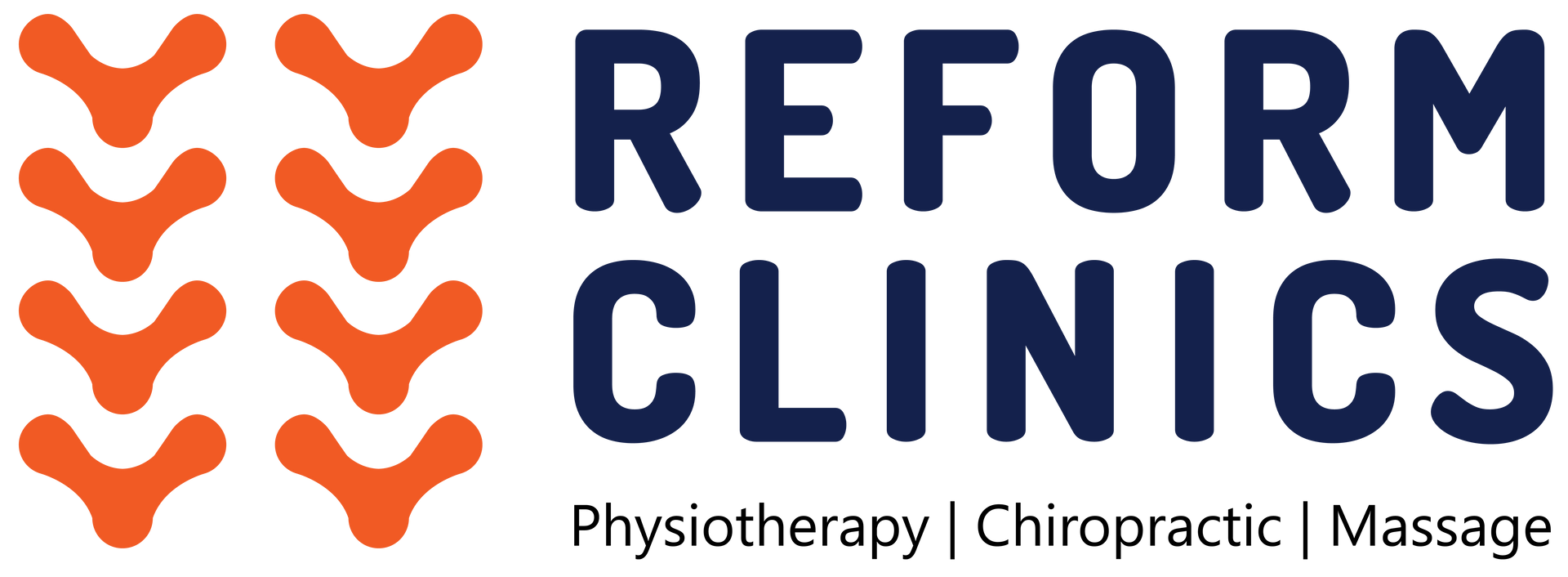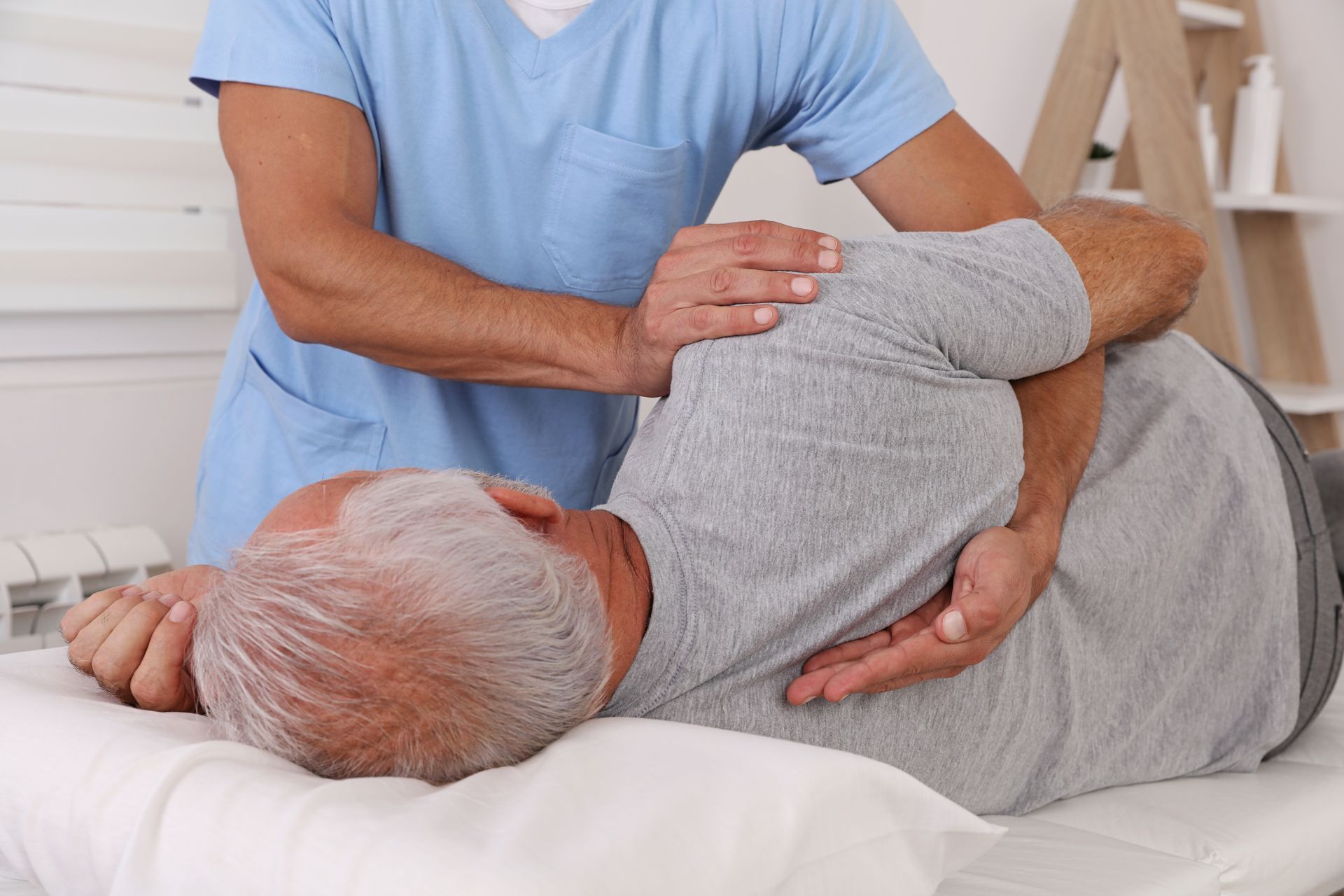Shedding Light on the Myths and Misconceptions About Concussion
A concussion is a brain injury that occurs when the brain moves or twists inside the skull or withstands a rapid back and forth movement that causes it to bump into the skull. This movement damages brain cells, bruises nerves and blood vessels, and causes chemical changes in the brain.
Although a single concussion does not usually cause permanent damage, it can lead to a temporary loss of normal brain function, and the effects can last for days or longer.
Concussion symptoms can vary depending on the severity of the impact and may not be immediately apparent.
In this article, we’ll look at some of the most common myths and misconceptions about concussions.
Myth 1: A concussion always requires a loss of consciousness
The truth is only about ten percent of concussions involve the loss of consciousness, making this widespread myth particularly dangerous. In fact, just because a person loses consciousness due to a head injury doesn’t necessarily mean the concussion is more severe or that they have had a concussion at all.
Myth 2: If you do not experience symptoms right away, you do not have a concussion
Common concussion symptoms include difficulty thinking clearly or remembering new information, headache, nausea, dizziness, and blurred vision.
However, symptoms may take hours, days, or in some cases over a week to appear after an injury. Delayed signs include irritability, sleep disturbance, and sensitivity to light and noise.
Myth 3: A concussion requires a direct hit to the head
Not all concussions are the result of a blow to the head. A sudden bump or jolt to the body, causing the brain to shift inside the skull, such as a car accident, being hit on the body, or falling down the stairs, can also cause a concussion. Never rule out a concussion simply because there was no direct hit to the head.
Myth 4: Physical activity should not be allowed following a concussion
New evidence on exercise after concussion injuries has changed recommendations considerably. After an initial rest period, physical activity can play a significant role in
concussion recovery and help in preventing the development of prolonged symptoms. Too much rest after a concussion could even be harmful.
Myth 5: You must keep someone who has suffered a concussion awake
Perhaps one of the most pervasive myths is that it’s dangerous to let people with concussions sleep because they could fall into a coma or die. In the past, monitoring the patient and waking them every few hours was widely accepted as correct
concussion treatment .
However, sleeping is not detrimental after a concussion. The problem is that when someone is asleep, there’s no way to detect signs of brain damage such as weakness on one side or a seizure. Nevertheless, in reality, sleep is beneficial for someone who has suffered a concussion.
Myth 6: There is no treatment for concussion
There are a variety of effective treatments for concussions. Walking or riding a stationary bicycle are good exercises to begin recovery. Passive and active treatment of the neck works for treating the whiplash that sometimes accompanies a concussion.
Whenever tissue damage occurs, there’s also inflammation. Concussion also causes metabolic dysfunction. Both of these issues can benefit from nutritional changes that incorporate avoiding processed and red meats, refined sugars and carbohydrates, and artificial trans-fats and swapping them for fruits and vegetables and healthy fats.
Book an appointment today!
At Reform Clinics in Oakville, Ontario, our specialists use both conventional therapies and innovative modalities to treat a variety of conditions, includ
i
ng concussions. It is a multi-disciplinary clinic where physical therapy and rehabilitation ensure your health and wellness always come first.
Schedule an appointment today with one of our professionals by calling
905-827-5757 or
filling out our online form .










